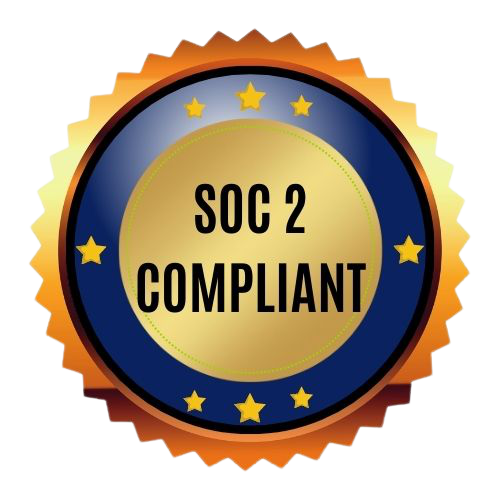Cloud enterprise software has graduated from being a buzzword to becoming an industry norm. As businesses rush to embrace the digital era and become innovators in their field, moving to the Cloud has become a priority for departments and organizations around the world. At the same time, the Human Resources function has remained relatively backward in terms of Cloud adoption – more than half of organizations worldwide still use traditional, on-site solutions for HR management.
The benefits of the Cloud for Human Resources are clear at the very onset, as it reduces much of the human intervention needed in everyday tasks. If your business is still unsure about making the shift, here are five compelling reasons to opt for HR Cloud today.
Anytime, Anywhere Access
In the modern business world, being able to access documents and run reports from anywhere in the world is crucial. Moving to the Cloud allows data to be stored and accessed securely from any device by means of an interactive executive dashboard. For instance, employees can perform routine tasks like applying for leave or submitting expense claims without having to contact their HR manager. The HR team can also access employee dashboards and pull up official documents while on the go. This eases the flow of day-to-day business and also reduces the need for manual intervention. Managers can also rest easy about the security of their data, as it is all backed up on the Cloud with no scope of getting misplaced.
Fast Deployment Of HR Systems
No matter how technologically savvy your organization is, implementing a new management system almost always involves a lengthy adjustment period as the entire team gets used to operating it. With a Cloud-based HR platform, that is no longer a concern. HCM Cloud is far easier to deploy than traditional systems and is also much easier to learn even for first-time users, thereby accelerating user adoption across the organization. Camptra, in fact, provides an excellent training option through its Cloud Wiki service in which every user is guided through each step of the platform with the help of tutorial videos and FAQs. Moreover, Cloud platforms are automatically updated whenever new versions are released – which relieves the IT department’s burden as well.
Real-Time Performance Assessments
With Cloud enterprise software, HR managers need no longer rifle through documents to access employee reports. The Cloud allows all data to be pulled up with a single click, from attendance records to performance reviews. This enables managers to assess how employees are doing, identify any problem areas and resolve them quickly. Moreover, by adding predictive analytics to the HCM platform, it is possible to detect signs of employee flight risk (such as dwindling performance or an increased number of vacation days taken) and take adequate measures beforehand. This can help address problems with employee turnover and strengthen employee loyalty.
Removal Of Silos
HR is no longer the isolated department it was once deemed to be. Recruitment, employee onboarding, payroll management and attendance tracking are all functions that different departments want access too, especially at the manager level. By moving to the Cloud, data can be stored in one centralized location and accessed by all authorized employees with ease. This saves time, allows for greater transparency and also fosters cross-departmental collaboration. HR personnel also benefit from a reduced workload, as they no longer have to cater to individual requests for data.
Enhanced Productivity
Routine tasks like checking employee contact details, tracking absences and scheduling performance reviews eat into much of an HR manager’s day. With the shift to HCM Cloud, these tasks can now be either automated or converted into an intuitive employee self-service option. For instance, chatbots can be set up to answer routine queries as a help desk would or to guide employees through surveys and processes in a conversational manner. Automation like this frees up much of the workday for HR managers, who can now devote more time to critical activities. Employees can also waste much less time on formalities and getting approvals, as they can perform tasks like updating contact details or applying for days off on their own. It is also worth noting that a CFO.com survey revealed that the cost of manually enrolling an employee into benefits through a HCM application is $109.48, while the cost when the employee enrols through self-service is only $21.79.
At the end of the day, it is essential to remember that simply moving HCM systems to the Cloud is not the answer. Every business needs a clear vision of what it wants to accomplish by moving to the Cloud, as well as a roadmap to get there with suitable milestones in terms of returns on investment. Moreover, having the right technological structure in place is essential. The business should also motivate its employees to collaborate together on the Cloud by providing them with adequate training and support. Only then can the organization reap all the benefits that come with the transition.
For more information about how Camptra can enable a seamless transition to the Cloud at your organization, reach out to us here.




